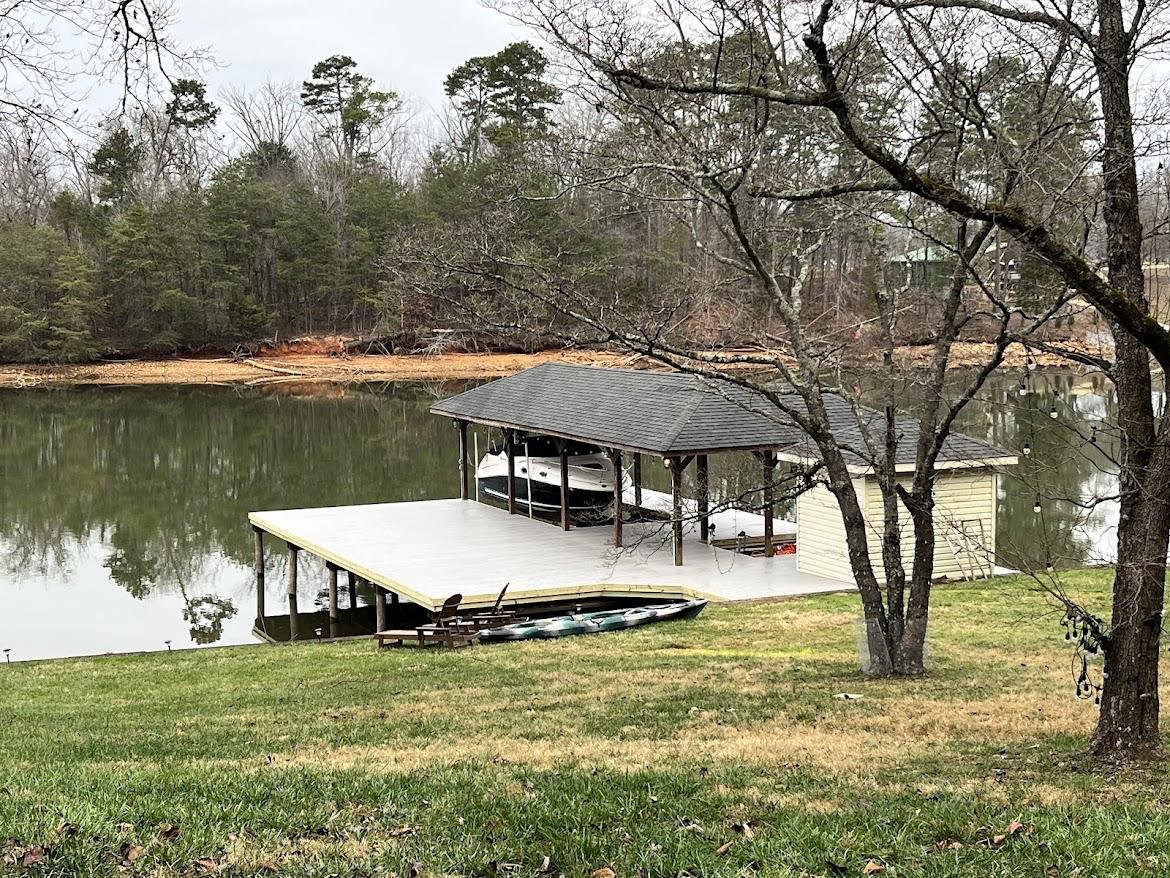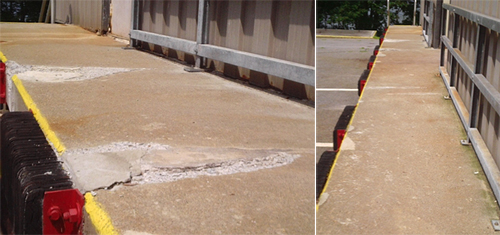Understanding the Costs Associated With Dock Repairs
Understanding the Costs Associated With Dock Repairs
Blog Article
Reliable Dock Fixing Techniques: Guaranteeing Structural Integrity
Making certain the structural honesty of anchors through effective fixing techniques is extremely important for the longevity and security of marine centers. Consequently, picking the appropriate repair products, such as composite products and corrosion-resistant alloys, is crucial for resilience.
Assessing Dock Damage
Assessing dock damage is a critical primary step in guaranteeing the architectural honesty and safety of any docking facility. This first examination involves a comprehensive inspection to determine both hidden and visible problems. Secret facets to examine include the dock's structure, pilings, decking, and hardware. Each element has to be inspected for indications of wear, rot, corrosion, or various other types of degradation that can jeopardize the structural honesty.
Architectural designers or qualified inspectors typically do these evaluations utilizing specialized tools and techniques. As an example, underwater assessments could employ finder devices or remotely operated cars (ROVs) to discover immersed damages. Above water, aesthetic evaluations are enhanced by using moisture meters and various other analysis devices to discover underlying concerns not quickly visible to the nude eye.

Deciding On Repair Work Materials
Picking the ideal repair work products is a crucial action in the dock restoration procedure, one that straight influences the durability and efficiency of the repaired structure. Material option need to be driven by elements such as ecological conditions, load-bearing requirements, and compatibility with existing dock components. Timber is a traditional choice for anchors due to its all-natural resilience and aesthetic allure. Choosing the right kind of wood, such as pressure-treated lumber or normally rot-resistant species like cedar or teak, is critical to endure water settings.
In addition to timber, composite products are progressively prominent as a result of their longevity and low upkeep needs. Compounds, normally made from a blend of plastic and timber fibers, provide superb resistance to rot, bugs, and UV damages. For steel docks, choosing corrosion-resistant alloys such as galvanized steel or marine-grade aluminum is important to prevent corrosion and ensure structural stability in saline water problems.
Epoxy resins and marine-grade sealers are crucial for repairing cracks and securing joints, providing a water resistant barrier and boosting the dock's general strength. By carefully selecting top notch materials, dock repairs can achieve lasting outcomes, consequently guarding against future deterioration and ensuring risk-free, dependable use.
Structural Support Strategies
Reliable architectural reinforcement methods are crucial in making certain the stability and durability of dock repair work. One essential approach involves using steel or composite reinforcement bars (rebar) within concrete structures. Rebar supplies extra tensile toughness, stopping splits and dispersing lots extra equally. This approach is particularly efficient for docks revealed to hefty lots or extreme environmental problems.
Another necessary method is the application of fiber-reinforced polymers (FRP) These products offer high strength-to-weight ratios and superb resistance to deterioration, making them perfect for strengthening concrete or wooden anchors. FRP can be used in sheets or strips and bound with epoxy materials to enhance architectural honesty.
Bracing and anchoring systems also play an essential function in architectural support. Cross-bracing, utilizing metal or wooden beams, can combat lateral pressures, decreasing persuading and activity. Securing systems, such as helical piers or driven piles, supply a stable foundation by moving lots to deeper, much more stable soil layers.
Lastly, the integration of load-distribution plates can aid distribute weight a lot more equally across the dock's surface, minimizing local anxiety factors. These strategies collectively guarantee that docks continue to be safe and durable, with the ability of withstanding the rigors of their operational atmosphere.
Advanced Repair Work Approaches

Another sophisticated technique includes undersea welding, which allows for repair work to be carried out without the need to dewater the area. This technique is specifically helpful for dealing with structural issues in submerged dock elements, making certain marginal disturbance to operations. Boosted welding strategies, coupled with robot systems, deliver precision and reliability, thus prolonging the lifespan of the dock.
Additionally, cathodic protection systems are carried out to protect against deterioration in metallic dock structures. By utilizing sacrificial anodes or pleased current systems, these techniques properly alleviate the electrochemical processes that lead to material degeneration.
Finally, progressed surveillance technologies, such as architectural health and wellness continue reading this monitoring (SHM) systems, supply real-time data on the problem of dock structures. These systems allow positive maintenance and prompt treatments, eventually ensuring the lasting architectural honesty of the dock.
Upkeep and Avoidance
Maintenance and prevention are fundamental principles that underpin the long life and safety and security of dock frameworks. Regular inspections are paramount, permitting very early discovery of wear and tear, prospective weak points, and environmental influences. A proactive technique, entailing routine look for deterioration, rot, and structural changes, mitigates expensive repairs and extends the dock's functional life.
Safety nets need to include applying safety coatings to metal elements to secure against corrosion and using treated timber to stand up to decay. Additionally, making sure correct water drainage and ventilation can avoid water build-up, which is an usual reason of structural destruction. Including quality materials and adhering to producer guidelines throughout building and construction and fixing stages also play essential functions in enhancing durability.

Training personnel in dock upkeep finest methods makes certain constant application of safety nets. Leveraging technological breakthroughs, such as drones for assessments and sensing units for real-time monitoring, can further boost maintenance efforts. By focusing on maintenance and avoidance, dock owners can ensure architectural stability, operational security, and affordable monitoring over the dock's life-span.
Conclusion
In conclusion, maintaining the structural stability of aquatic centers demands comprehensive dock repair work methods. Advanced fixing strategies, coupled with regular maintenance methods, make sure the dock continues to be secure and functional under diverse environmental conditions.
Guaranteeing the structural stability of docks with efficient repair service methods is vital for the long life and safety and security of aquatic centers.Selecting the appropriate repair work materials is a pivotal step in the dock restoration process, one that straight affects the durability and efficiency of the repaired structure.Effective architectural support strategies are important in guaranteeing the stability and longevity of dock repairs. By focusing on upkeep and prevention, dock owners can ensure architectural stability, operational safety, and cost-effective monitoring over the dock's life expectancy.
In final thought, maintaining the structural integrity of aquatic centers necessitates comprehensive dock fixing methods.
Report this page